Setting the Stage for a Perfect Game Session
1. All About Engagement
Our most important task as educators and parents alike is to create quality gaming sessions, which are essential for engaging all participants. It only takes one teenager who doesn't want to play to transform the group dynamics, so we must find board games that motivate everyone. My experience has shown that if we succeed in this, we can create an interactive learning environment through games, where even often hard-to-engage teenagers are more likely to stay involved.
2. Navigating Teen Interests
Assessing interests, which can range from science and technology to arts, music, and truly anything else, can be a good approach. The world of modern board games is very diverse, and I believe there is a suitable game for every interest. Perhaps the key is to cater to varied interests with short games, frequently switching them up, and then moving to more in-depth engagement as self-regulation strengthens within the group.
3. Timing is Everything
I believe that we need to properly frame our board game time. We should dedicate time and energy to it. Even if we aren't playing long games, we can still play frequently. Let's not rush, take it seriously; this benefits both educational and entertainment purposes.
4. Fuel the Brain
Opinions may vary on whether it's appropriate to eat and drink at the table while playing board games, but it's certain that part of a board game session should involve ensuring healthy rejuvenation. Let's establish our rules, but in a way that we provide every framework necessary for quality engagement.
5. Reflection for Reinforcement
We shouldn't primarily focus on realizing all the ways we've developed or everything we've learned. Rather, we should use discussions about games as a means to organize increasingly better and more appealing board game sessions for the youth, making them more effective and engaging.
Delving Deeper into Games

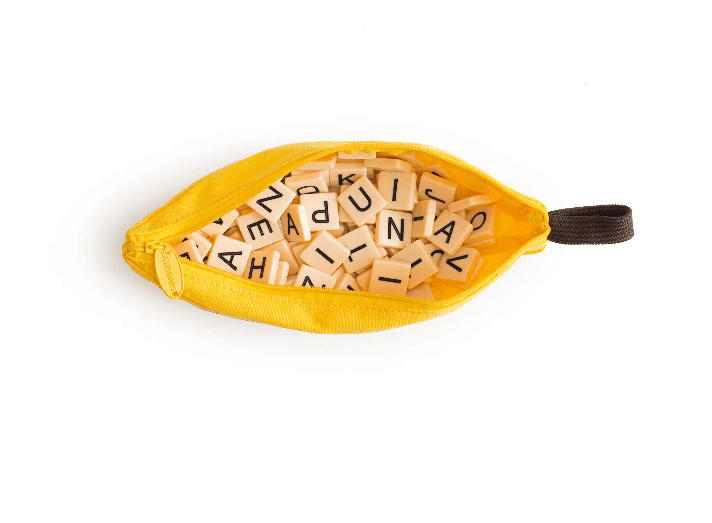
Bananagrams
Bananagrams is a fast-paced, Scrabble-like word game where players race against each other to build a grid of words using their letter tiles, without the need for a board or a turn-based system.
Tools
The game includes 144 letter tiles, all stored in a unique banana-shaped pouch for easy transport and storage.
Skills Developed
Bananagrams enhances vocabulary, immediate word formation skills, anagram creation, linguistic creativity.
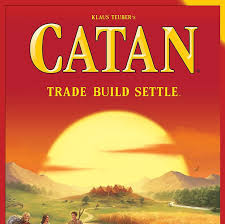

Catan
Catan is a thrilling board game where players aim to build and develop holdings by trading and acquiring resources.
Players take turns rolling dice to produce resources, which they use to build roads, settlements, and cities. Through trading and strategic placement, they compete to be the first to reach 10 victory points and win the game.
Tools
19 terrain hexes, 6 sea frame pieces, 9 harbor tiles, 95 resource cards, 25 development cards, 4 building cost cards, 2 special cards, 16 cities, 20 settlements, 60 roads, 2 dice, a robber piece, and a rulebook.
Skills Developed
The game enhances strategic thinking, resource management, negotiation skills, and decision-making, as players must trade, build, and expand while adapting to an ever-changing board.
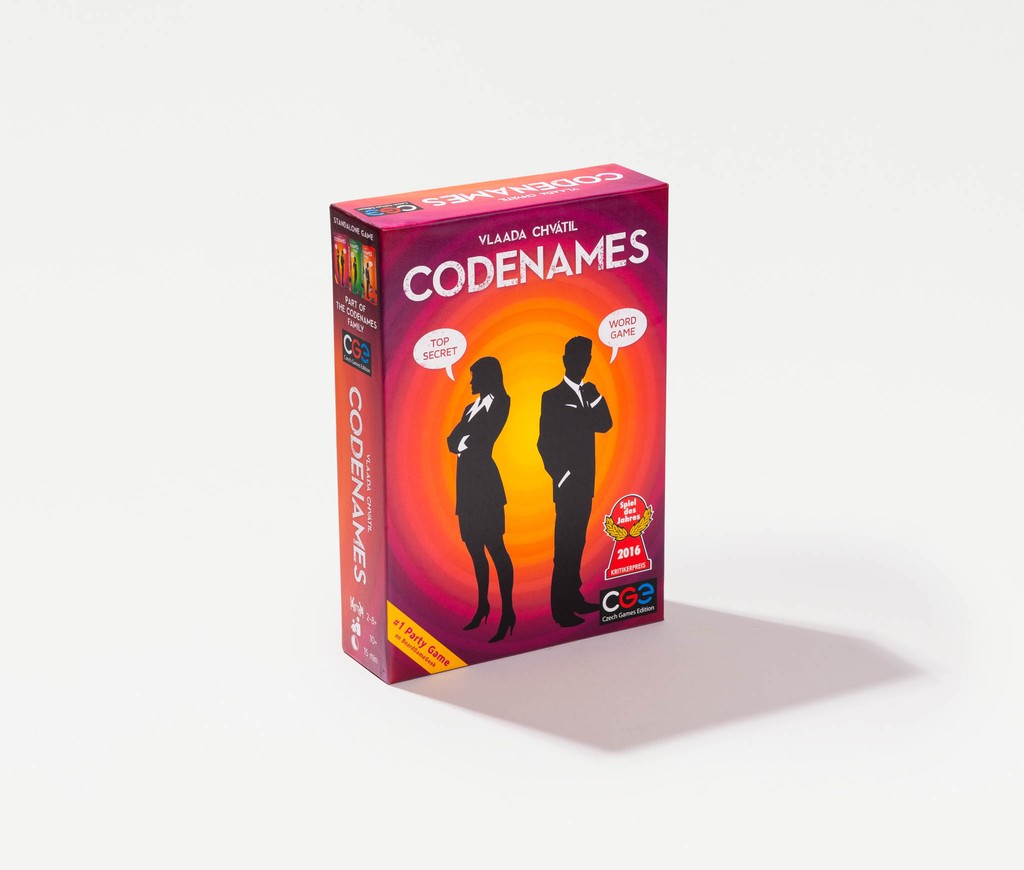
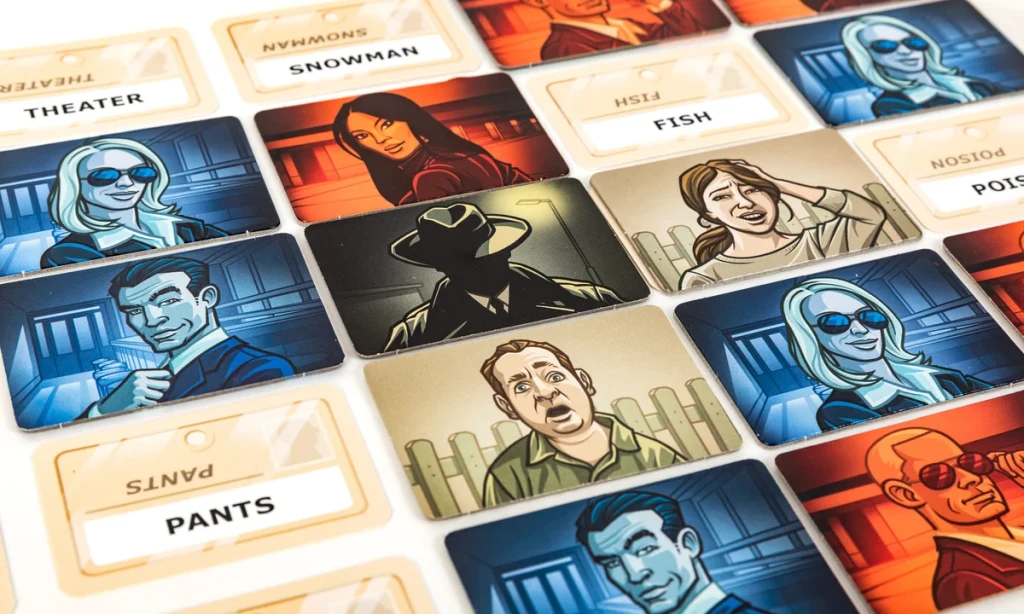
Codenames
The classic Codenames in a picture version, which makes it playable with younger children as well.
Tools
A standard Codenames box includes 200 double-sided word cards, 40 key cards, 16 agent cards (red and blue), 1 assassin card, 7 innocent bystander cards, a sand timer, and a rulebook
Skills Developed
The game develops critical thinking, word association, teamwork, deduction, and communication skills.
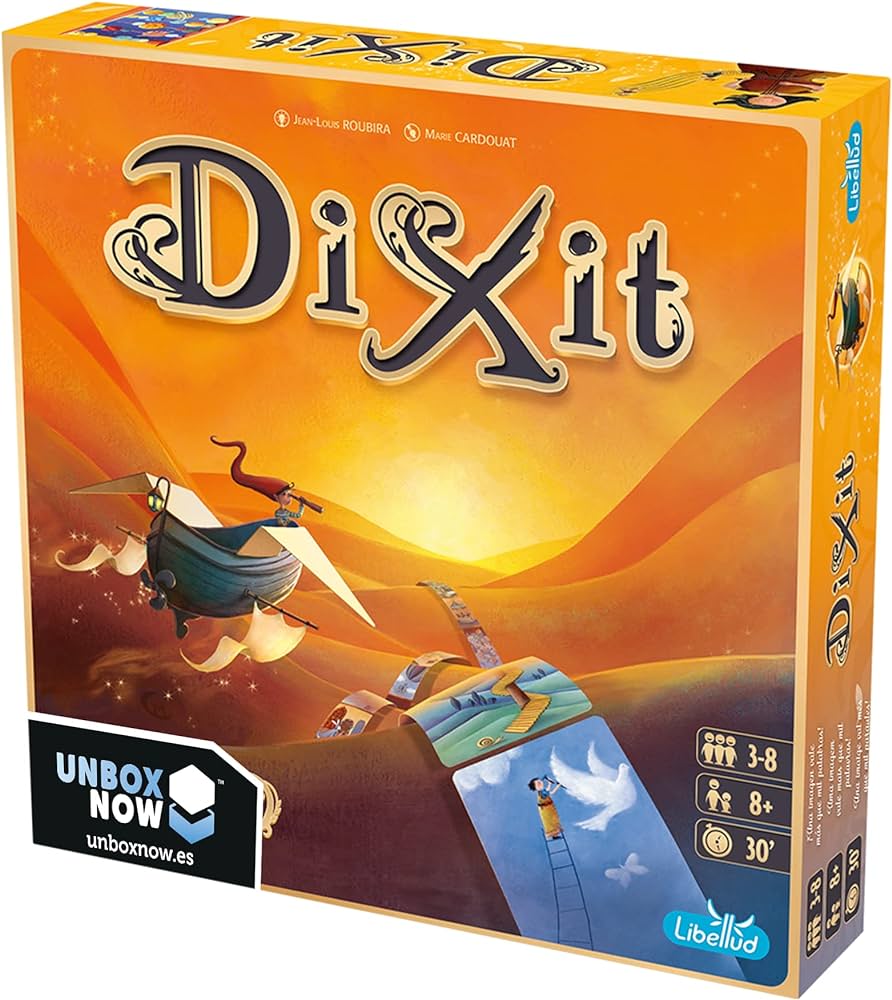
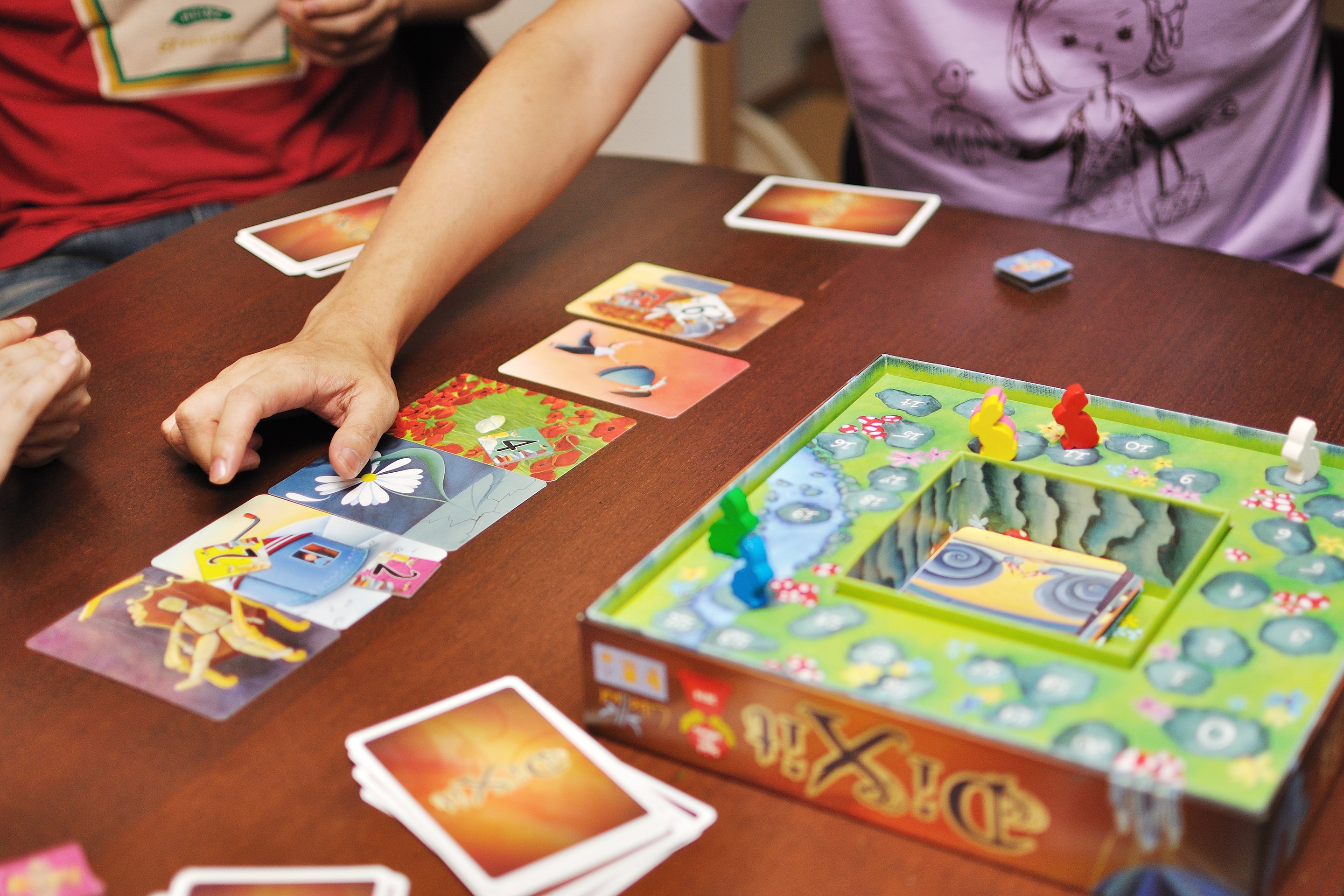
Dixit
Dixit is a card game that invites players to rely on their intuition and imagination to guess which card one player, the storyteller, is describing.
In Dixit, one player is the storyteller for the turn and makes up a sentence or phrase that might describe one of their cards. Then, each player selects a card from their own hand that they feel best matches the storyteller's description, and after shuffling and revealing the cards, all players except the storyteller vote on which card they believe belongs to the storyteller.
Tools
Dixit includes a deck of 84 unique, beautifully illustrated cards, a game board, six wooden rabbit tokens as player markers, and 36 voting tokens in six different colors.
Skills Developed
Dixit develops creativity, abstract thinking, and social interaction skills as players interpret and guess the story behind the images.

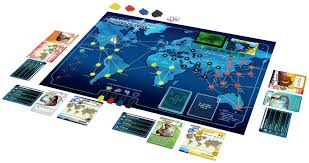
Pandemic
The game is perfect for high school students as it offers intellectual stimulation, fosters teamwork, and educates players about global health and geography facts.
Players take on different roles as scientists, researchers, and medical experts, working together to treat infections, prevent outbreaks, and find cures before time runs out. Using action points each turn, they travel, treat diseases, share knowledge, and collect cards to discover cures. The team wins if they find all four cures before too many outbreaks occur or time runs out.
Tools
1 game board, 7 role cards with matching pawns, 59 player cards, 48 infection cards, 96 disease cubes (in 4 colors), 6 research stations, 4 cure markers, 1 outbreak marker, 1 infection rate marker, and a rulebook.
Skills Developed
The game enhances cooperative strategy, critical thinking, teamwork, decision-making, and crisis management, as players must work together to stop the global spread of diseases.
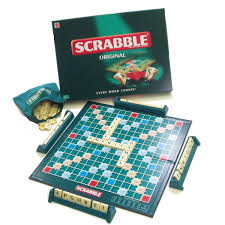
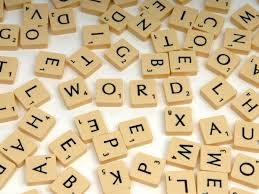
Scrabble
Scrabble is a classic word game where players earn points by creating words from individual lettered tiles on a game board marked with a 15x15 grid.
In Scrabble, players take turns drawing letter tiles to create words on the game board, with each word laid out either horizontally or vertically. Each letter has a point value, and players aim to make high-scoring words based on the board's bonus squares to accumulate the highest total points.
Tools
The Scrabble game set includes a 15x15 grid game board, 100 letter tiles, 4 tile racks, a tile bag, and optionally a scorepad and timer.
Skills Developed
Scrabble enhances vocabulary, spelling, strategic thinking, and mathematical skills through word formation and scoring.
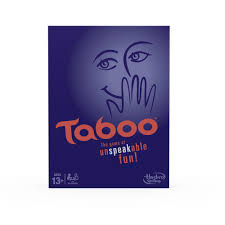
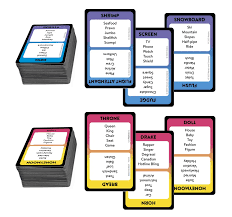
Taboo
A lesson in communication, Taboo forces players to convey ideas without obvious cues, a valuable skill in effective communication.
Players take turns giving clues to help their team guess a target word while avoiding a list of forbidden words. If they say a restricted word, the opposing team buzzes them. The team that guesses the most words within the time limit wins the game.
Tools
260 double-sided word cards, 1 cardholder, 1 buzzer, 1 sand timer, and a rulebook.
Skills Developed
The game enhances vocabulary, quick thinking, communication skills, and verbal expression, as players must describe words without using restricted terms.
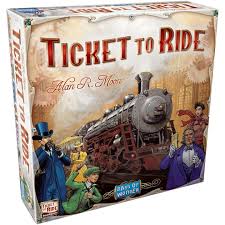
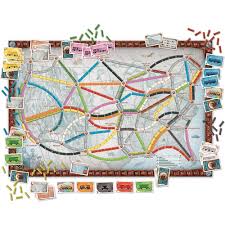
Ticket to Ride
Ticket to Ride is a true classic and an excellent introductory game, as its rules are not too complex, yet there is plenty to think about.
Players collect train cards to claim railway routes on the board, aiming to connect cities based on their destination tickets. Longer routes and completed tickets score more points, but incomplete routes result in penalties. The player with the most points at the end wins the game.
Tools
1 game board, 240 train car pieces, 110 train cards, 30 destination ticket cards, 5 scoring markers, and a rulebook.
Skills Developed
The game enhances strategic planning, decision-making, route optimization, and spatial reasoning, as players must carefully choose and connect railway routes while blocking opponents.
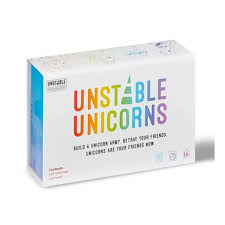

Unstable Unicorns
Unstable Unicorns is a fantastic game that brings an exciting mix of strategy, interaction and a touch of whimsical fantasy into a high school classroom learning environment.
Players take turns drawing and playing cards to build a stable of 7 unicorns while using special abilities and attack cards to disrupt opponents. Different types of unicorns and action cards add chaos and strategy, making every game unpredictable. The first player to fill their stable wins the game.
Tools
135 cards (including Unicorn, Magic, Upgrade, Downgrade, and Instant cards), 1 rulebook, and a storage box.
Skills Developed
The game enhances strategic thinking, decision-making, adaptability, and hand management, as players must build their unicorn army while sabotaging opponents.
Frequently Asked Questions

No spam, ever. Unsubscribe anytime.
Spread the Fun of Learning!
Love our content? Show your support by sharing our page with your friends and help us inspire more families and educators with the joy of learning through play! Your shares truly make a difference. Thank you for being a wonderful part of our community!
